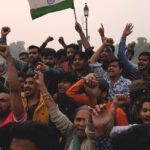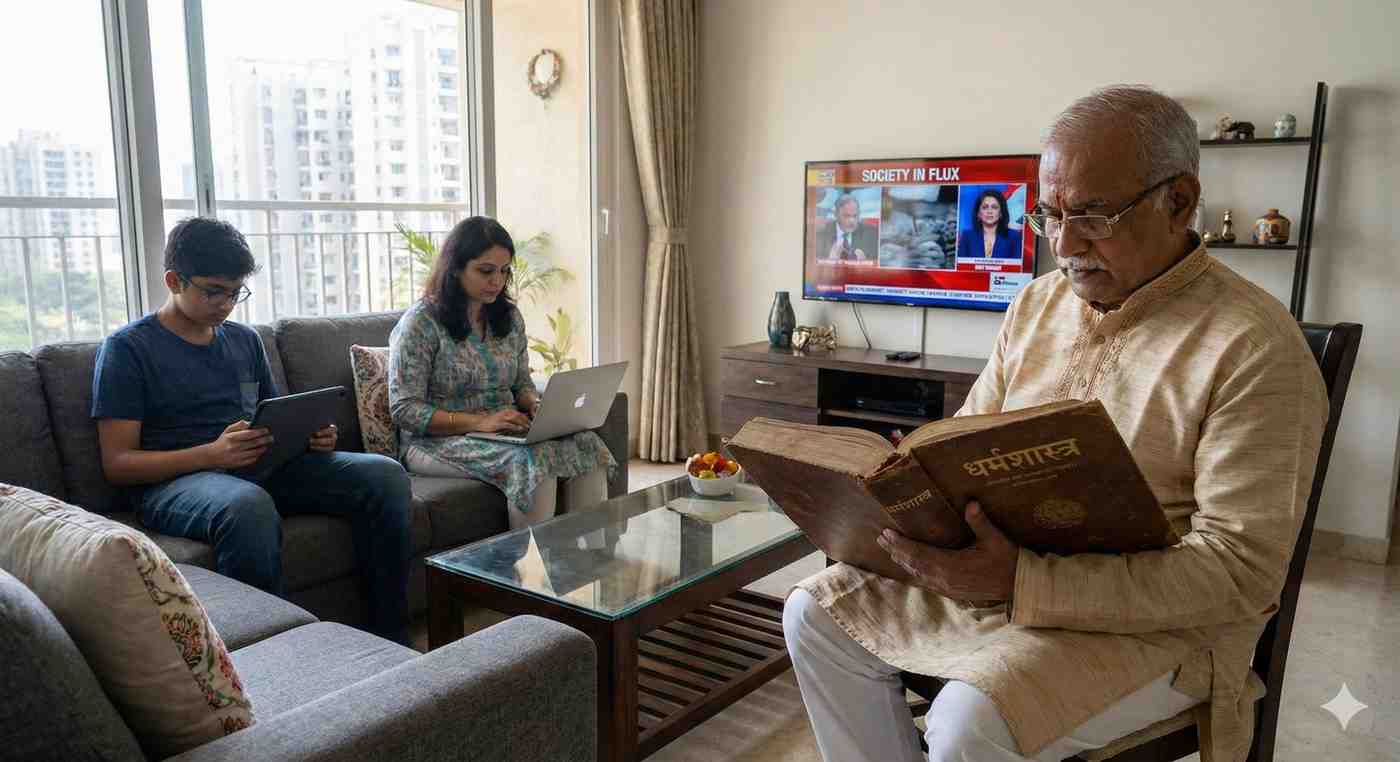
Where Tradition Meets Transformation: The Indian Democratic Experience
- admin
- October 20, 2025
- Opinion & Analysis, Politics
- 0 Comments
A Critical Examination of India’s Political Landscape and Democratic Evolution
Key Metrics:
- World’s Largest Democracy: Over 900 million registered voters participated in the 2019 general elections, with a turnout of 67.4%.
- Youth in Politics: Only 13% of Members of Parliament (MPs) in the 17th Lok Sabha are under 40, despite nearly 65% of the population being under 35.
- Political Dynasties: An estimated 30% of MPs belong to political families, highlighting concerns about inclusivity.
- Gender Representation: Women comprise only 14% of the Lok Sabha, despite forming nearly 50% of the population.
News Body
India’s democracy, often celebrated as the largest in the world, is a unique blend of deep-rooted traditions and dynamic transformations. From the principles laid down in the Constitution to the diverse political debates in its Parliament, India has continuously adapted its democratic practices to the evolving needs of its people. However, while the system has achieved remarkable milestones, critical challenges persist, revealing the complexities of sustaining a truly inclusive and effective democracy.
The Paradox of Youth Engagement in Politics
India’s youth form the backbone of its democracy, with nearly two-thirds of the population under the age of 35. However, their representation in formal politics remains disproportionately low. According to PRS Legislative Research, only 13% of the MPs in the 17th Lok Sabha are under 40, indicating a significant gap between the demographic reality and political leadership.
This disparity raises questions about the inclusivity of India’s political system. Initiatives like Youth Parliaments and Leadership Development Programs have been launched to encourage young voices, but their impact on actual political representation remains limited. Structural barriers such as the high cost of election campaigns and entrenched political dynasties discourage many aspiring young leaders.
Dynastic Politics: A Stumbling Block
Political dynasties continue to dominate India’s democratic landscape, with an estimated 30% of MPs belonging to families with established political legacies. While these leaders often bring experience and influence, critics argue that dynastic politics undermines the principle of equal opportunity.
The rise of independent candidates and regional parties has provided some counterbalance, yet the dominance of established families in national politics persists. This trend risks alienating citizens who seek merit-based leadership and equitable representation.
Gender Disparities in Representation
Despite advancements in gender equality, women remain significantly underrepresented in India’s political system. Women make up only 14% of the Lok Sabha, far below the global average of 26% in national legislatures.
At the grassroots level, the Panchayati Raj system has enabled women to play leadership roles, with over 1.3 million women elected to local governance bodies. However, their influence diminishes at higher levels of government, where systemic biases and cultural norms create formidable barriers. The long-debated Women’s Reservation Bill, which proposes reserving 33% of seats in Parliament for women, remains stalled, further delaying progress.
Democracy and Electoral Practices
While India’s elections are a logistical marvel, they also reflect underlying systemic issues. Reports of money power, criminalization of politics, and polarizing rhetoric continue to mar electoral processes. The Association for Democratic Reforms (ADR) notes that nearly 43% of MPs in the 17th Lok Sabha have declared criminal cases against them, raising concerns about accountability and transparency.
Efforts like the introduction of VVPATs (Voter Verifiable Paper Audit Trails) and campaign finance reforms aim to address these challenges, but their implementation and enforcement remain inconsistent.
Conclusion
India’s democratic experience is a testament to its resilience and adaptability, blending ancient traditions with modern aspirations. However, critical issues such as youth and gender underrepresentation, dynastic politics, and systemic inequalities highlight the need for urgent reforms.
For India’s democracy to remain robust, it must embrace greater inclusivity, transparency, and accountability. By addressing these challenges, India can ensure that its democratic journey continues to inspire both its citizens and the world. In a rapidly changing global landscape, the Indian democratic model must evolve to truly reflect the aspirations of its diverse and dynamic population.



